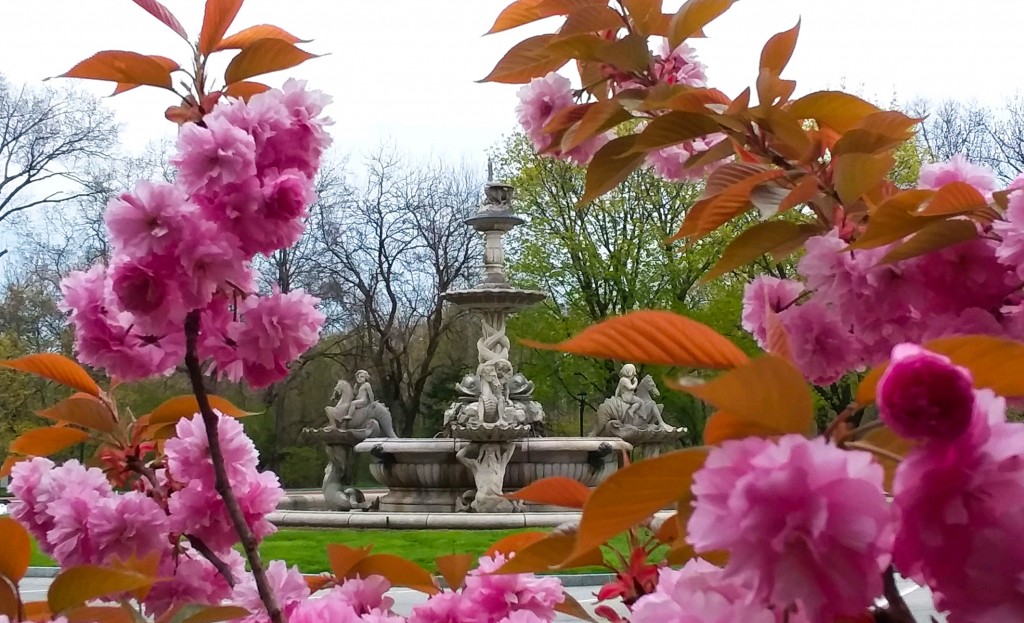
April 28, 2020
Garden Artistry at the Bronx Zoo
- as seen by -
 Julie Larsen
Julie Larsen
The abundance of buds and blooms are sweet signs of spring at WCS’s Bronx Zoo. Cherry blossoms (above) and daffodils make their annual appearance even in this time of temporary closing due to COVID-19.
Horticulture, the art and management of gardening, is key to creating the zoo’s natural settings – now and throughout its history.
In 1900, the Bronx Zoo’s Horticulture Department was known as the Department of Forestry and Gardening. The Society’s annual report recognized its importance. “To this department, great credit is due for the amount of intelligent and effective work accomplished by it during the past year.” Among the duties were regrading and seeding banks, planting 900 shade and evergreen trees, and cutting and stacking 12 tons of hay.
In 2020, the Bronx Zoo’s Horticulture Department is part of essential staff continuing the regular care of the zoo’s green grounds. Their work brings ecological balance to the zoo’s animal exhibits and gardens.
Dave Hyde is a Senior Gardener. For the last 28 years, he’s had a role in Bronx Zoo’s horticulture using his diverse knowledge of plants and landscape development.
JLM: What is zoo horticulture?
DH: Zoo horticulture is the design, care, and maintenance of plants in a zoo. It includes recreating the natural habitats of the animals for shelter, browse, behavioral enrichment, and breeding.
JLM: Are plantings around the zoo seasonal?
DH: We have seasonal plantings at the zoo. In the fall and winter, we planted China girl holly (Ilex X meserveae) and red twig dogwood (Cornus sericea) around Fountain Circle. These are then dug up in the spring and planted throughout the zoo. We also planted creeping wintergreen (Gaultheria procumbens) at the Rhino Gardens. We later replanted them at Northern Ponds.
JLM: How do you prepare for spring planting at the zoo?
DH: We prepare for spring at the zoo by prepping the beds for planting. We remove any leaf litter and branches from the winter season. We then prep the beds by adding peat moss, dehydrated cow manure, and lime to the soil.
JLM: What role do plants have for our animals?
Plants play a very important part in the lives of zoo animals. They provide food, shelter, behavioral enrichment, and encourage breeding and nest building. We plant certain plants for animals to eat. An example of this is bamboo which is cut daily for the red pandas at Himalayan Highlands. We also use staghorn sumac (Rhus typhina) for the lemurs at Madagascar!, and spruce (Picea abies) branches for the capercaillie at the World of Birds.
JLM: What can people plant in their own backyards to help the environment?
DH: People can plant a variety of plants to help the environment. There are a many lists on the internet for butterfly and bee attractants and habitats.
Some of my favorites are:
– Butterfly bush (Buddleia davidii)
– Bee balm (Monarda didyma)
– Wild senna (Senna hebecarpa), bees love this
– Seven sons flower (Heptacodium miconioides), hummingbirds and bees are attracted to this fall flowering tree
– Parsley (Petroselinum crispum), great food source for caterpillars and egg laying of the eastern tiger swallowtail butterfly
– Butterfly weed (Asclepias tuberosa), food source for the monarch butterfly
EDITOR’S NOTE: WCS horticulture, animal, and operations staff are essential during this time. We thank them for their continuing efforts.
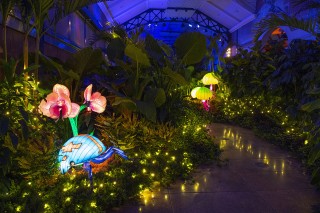
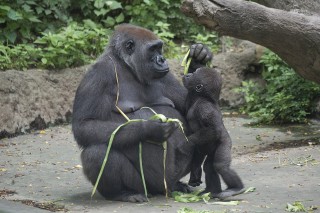
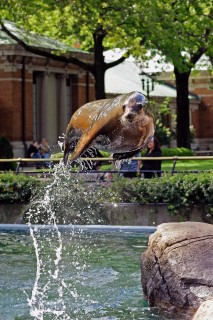
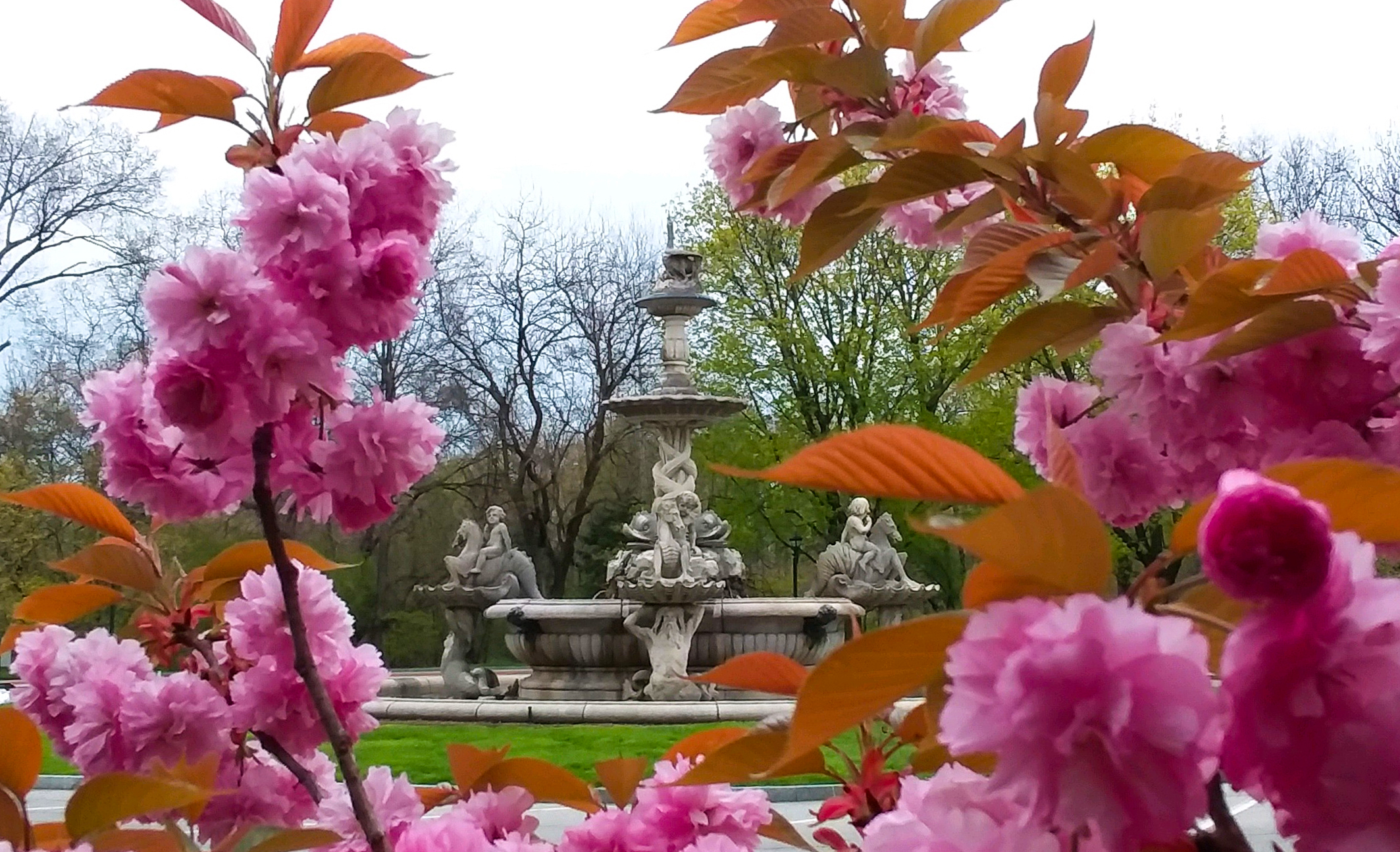
Leave a Comment